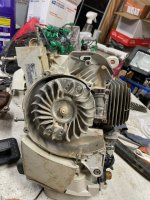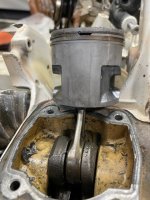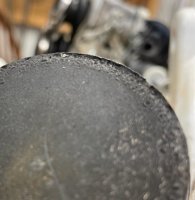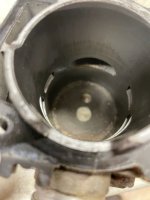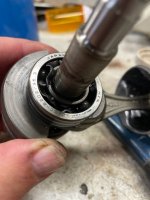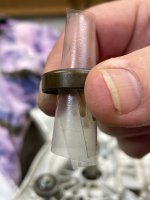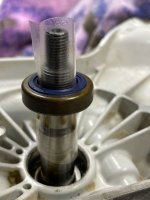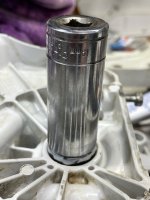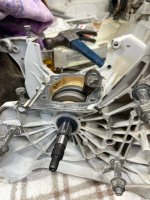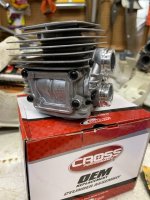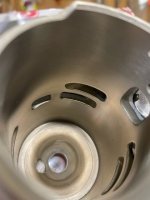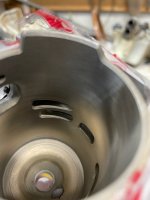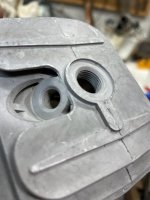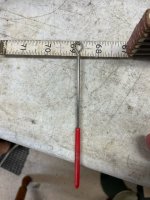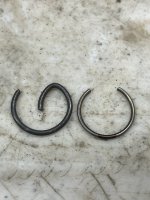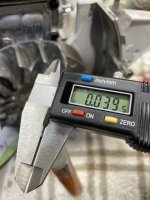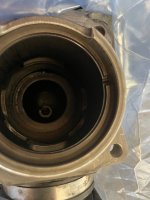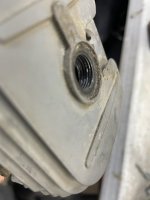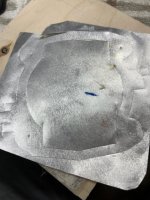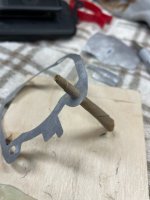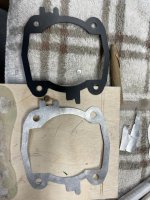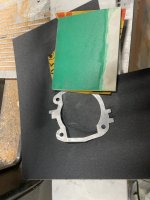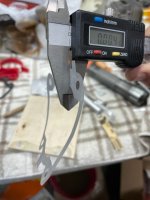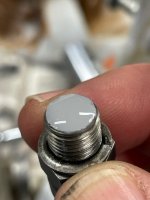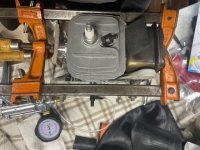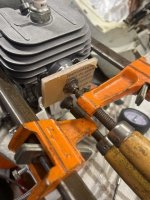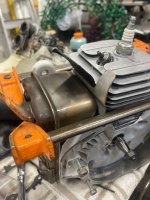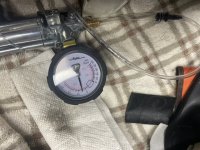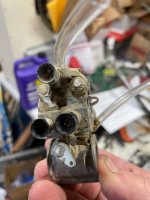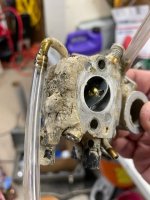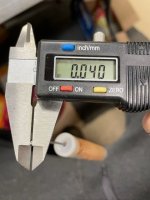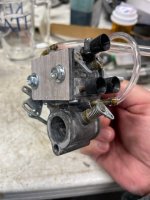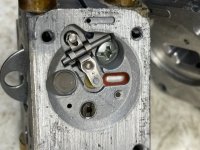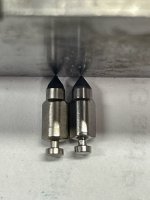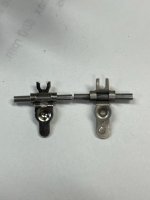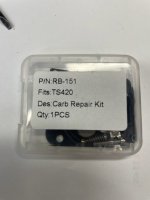Automender
Active OPE Member
I picked up a Stihl TS420 saw for $50 and wanted to try to refurbish it. This is my first time to completely rebuild a saw. I have installed new rings in a Husky K970 cutoff saw and rebuilding the carb. I have no history on this saw nor why it failed other than the person said it was a top end issue. I decided to strip the saw down the other day and found two thing I could use some advice on. On the strip down I found play in the crank bearings and what looks like pieces of bearing cages in the crankcase. So those need to be replaced but the rod bearings do not have any play up or down and back and forth. The rod however rocks side to side and I am not talking the normal sliding side to side. I am thinking this needs to be replace due to the rocking motion but wonder why no vertical play.
Second issue is that the piston looks pretty good and likewise the cylinder looks good compared to You tube videos on failed saws. However the piston top looks like it has some erosion on the top. What causes this type of damage?
Second issue is that the piston looks pretty good and likewise the cylinder looks good compared to You tube videos on failed saws. However the piston top looks like it has some erosion on the top. What causes this type of damage?






